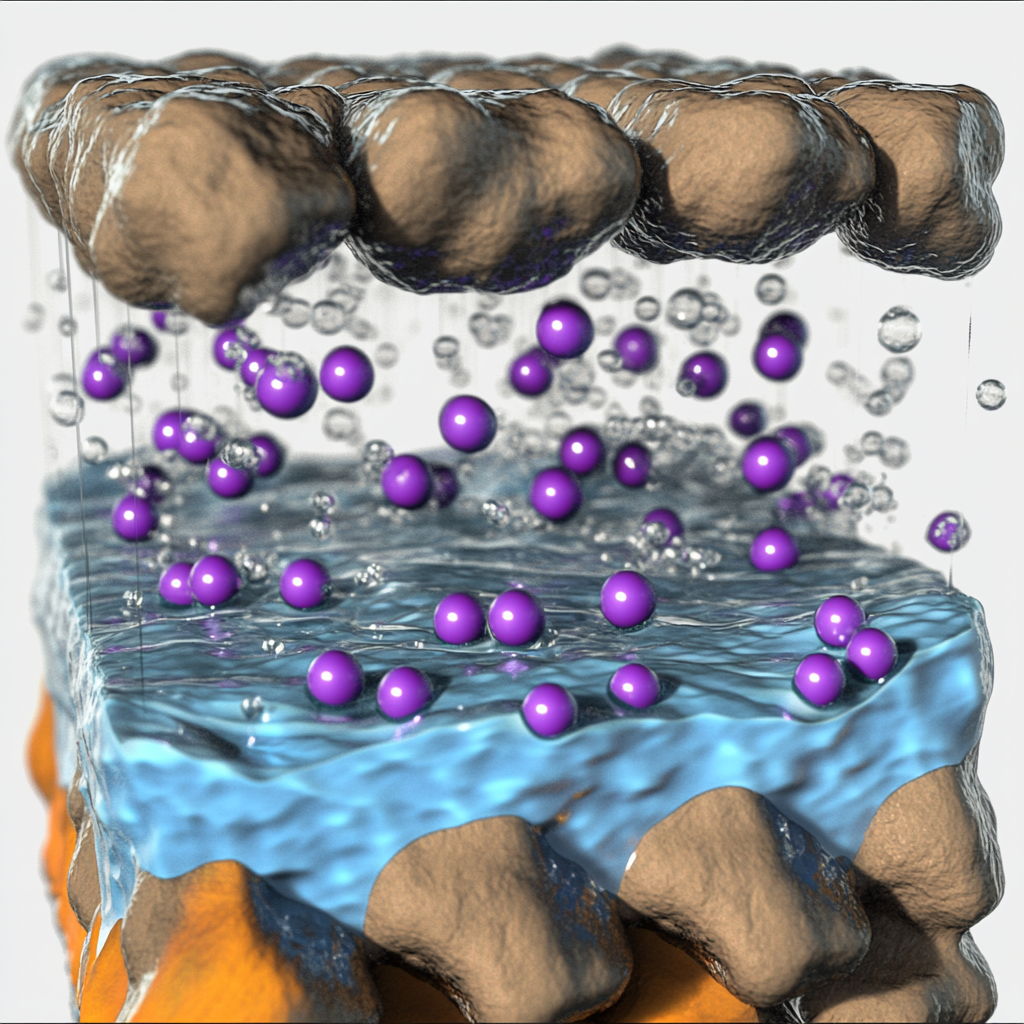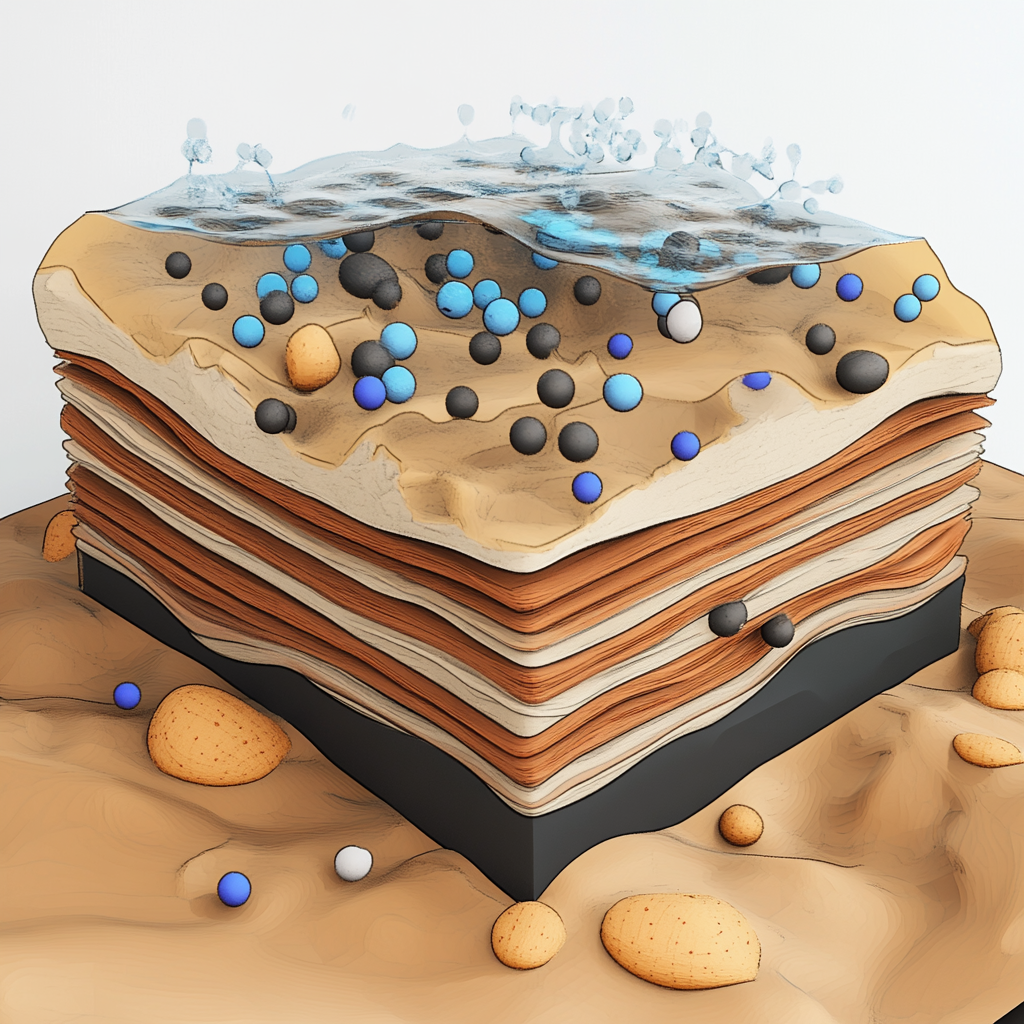Hydrogen Leakage Risk
Storing hydrogen in geological formations presents promising targets for large-scale storage. However, ensuring long-term safety requires a detailed understanding of the mutual behavior and interactions of fluid species in nano- and meso-pores within the caprock. In this study, we employed molecular modeling, developed based on leveraging bias forces to maintain a constant composition in the fluid external to the pore, to quantitatively investigate the partitioning of an equimolar mixture of H2 and cushion gas (CO2 and CH4) within a bulk reservoir into the finite-size clay minerals (illite and montmorillonite). The results demonstrate that in pores smaller than 0.5 nm, neither H2 nor cushion gas is diffused into the pore spaces. However, H2 predominantly occupies spaces between 0.5 and 0.6 nm due to its superior rotational movement flexibility compared to the cushion gas. However, the stronger affinity of cushion gases, especially CO2, toward the surface and edges of the clay minerals as well as exchangeable cations makes them the dominant species within pores up to a size of 2 nm. Furthermore, the composition of fluid within a pore becomes similar to that of the overall bulk when the pore thickness exceeds 4 nm. The influence of the negative surface charge of clay minerals on the partitioning of fluid species is limited to nanopore sizes and is particularly notable for H2/CO2, with illite surfaces demonstrating a greater affinity for CO2 compared to montmorillonite. Nevertheless, this effect diminishes within the meso-pores of clay minerals. Our findings provide valuable molecular insights into the key relationship between caprock characteristics and H2/cushion gas partitioning from a caprock integrity perspective in the H2 geological storage process.
Authors:
Kamiab Kahzadvand, Mehdi Ghasemi, A Ozgur Yazaydin, Masoud BabaeiJournal:
The Journal of Physical Chemistry CDate:
September 17, 2024
Category:





